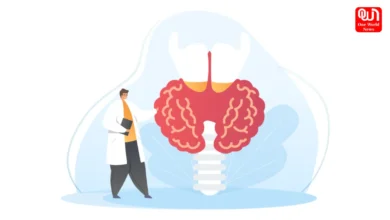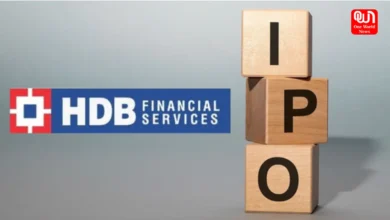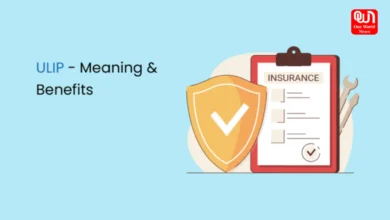Life Cycle of an Online Card Payment

Know How Online Card Payment works
In the eyes of the consumer, the free credit card lifecycle is a smooth operation in which purchases are promptly authorised without any joining fees. Good news for consumers: they won’t have any trouble making payments. Having additional insight into handling electronic payments with credit cards helps you run your business more efficiently.
Every week, hundreds of transactions are made by people using a credit cards. All those deals had their unique characteristics. Nonetheless, the core elements of the credit card processing lifecycle were present in every single transaction. The credit card cycle is explained briefly below for convenient reference. Let’s walk through the key players and payment processing stages that make it possible for businesses like yours to take card payments.
Online payment ecosystem
- “Consumer” is the person who is making an electronic purchase
- “Merchant” refers to a company that accepts credit card payments online
- A credit card is issued by the bank or other credit card issuers. Typically, bank cards have the bank’s name and emblem
- An “acquiring bank” is a financial institution that has contractually agreed to acquire merchant credit card transactions made over the internet. With a successful transaction, the issuing bank will first withdraw funds from the customer’s account before sending those funds to the purchasing bank.
- A card network, also known as a card brand or card scheme, is a company that facilitates electronic payments by linking the card issuer and the merchant bank. Credit cards like Rupay, Visa, MasterCard, and American Express are examples. Often, your card also bears their name and emblem.
- Organisations like Razorpay that help retailers accept payments online by providing easy-to-use solutions are called “payment processors.” A payment processor is helpful because it acts as a link for merchants and many banks, increasing the success rate of online payments.
- A payment gateway is a system that verifies and authorises credit card transactions over the internet. The card networks link every single payment processor together. This is a procedure for verifying payment requests.
- The term “3 Domain Secure Transaction” is the security protocol used in processing free credit card transactions and is often used interchangeably. Issuing Bank, Acquiring Bank, and the Card Network all play a role in facilitating transactions between customers and retailers; it is commonly referred to as a “3 Domain.”
What is the Life Cycle of an Online Card Payment?
Credit card transactions follow a predictable sequence of phases, including authorisation, batching, clearing, and settlement, albeit these stages may differ from one transaction to the next.
Read more:- Stock Market Crash in India: Is it an Adani effect?
Authorisation
Authorisation is the initial phase of the credit card lifecycle to make a purchase. A customer either physically shows their credit card to the store clerk or provides the merchant with their payment card details over an encrypted online connection. The acquirer and the payment processor receive the card data. After that, the issuing bank receives the transaction notification from the card associations.
The issuing bank verifies that funds are available in the cardholder’s account and responds with an authorisation or reject code. As soon as the acquirer relays the authorisation or declines to the merchant, the latter can proceed with the transaction (or decline). Multiple security and anti-fraud filters could be at play throughout the entire permission procedure. It only takes a few seconds for the entire procedure to finish.
Batching
Online credit card payments are a lot easier; the authorisation phase of card-based payment transactions occurs in real-time. The transactions can’t be considered “complete” until the authorisation phase is completed.
A transaction is considered “pending” until the merchant formally and thoroughly accounts for it.
In batching, shops check and submit their final transactions at regular intervals. Typically, batching occurs at the end of each business day. Using batching, your business can save a lot of time on transactions. Just arrange an automatic batching procedure with the payment processor or bank.
Clearing
When a merchant sends off a batch of transactions, the transactions start on their way to being reconciled. Individual transactions in a batch are sent from the acquirer, through the payment processor and card network, to the issuing bank for the cardholder.
Settlement
Many businesses worry about the time it takes for transactions to clear and be funded. That makes sense, considering how crucial cash flow is to maintaining and expanding business operations. The time it takes for your firm to receive payment can be affected by many factors. So do take care of that while receiving free online credit card payments from consumers.







